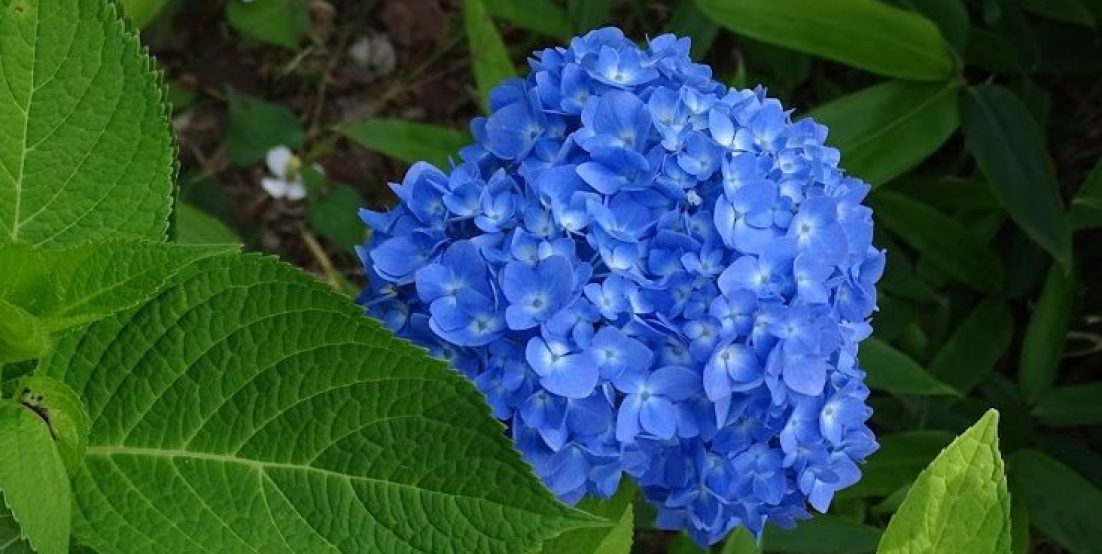中棗を仕覆に入れ濃茶の点前をする稽古をしました。中棗の場合は茶入のときと同様一人三杓の分量で掬い出しますが、小棗・大棗の場合にはお客様の人数分のお茶を入れておき点前中に全部空にします。
We practiced otema’e for preparing ko’icha using chu’u natsume (a medium-sized tea power container generally used for usucha) in shifuku (a cloth pouch). When using cha’ire (a tea container for ko’icha), the host scoops out tea with chashaku – three scoops per guest. It is the same when using chu’u natsume. When using konatsume (a small-sized container) or o’onatsume (a large-sized container), however, tea has been measured for the number of guests present, and the entire content is emptied out during otema’e.
使った仕覆の裂地は唐花雙鳥長斑錦(からはなそうちょうちょうはんきん)です。「からはな」は訓読みなのですが、何故かその他は音読みで「おしどり」とも「にしき」とも読まないのが通常のようです。「長斑」とは二色または数色を縦に区画して縞目をあらわす文様のことです。
Shifuku we used is made of a fabric with a design called “karahana so’ucho’u cho’uhan kin.” “Karahana” (唐花) is kunyomi (Japanese words represented by Chinese characters but retaining Japanese reading)* whereas “so’ucho’u” (雙鳥) and “kin” (錦) are both onyomi (phonetic reading similar to the original Chinese) – as opposed to “oshidori” (雙鳥) or “nishiki” (錦). But that appears to be the usual practice. “Cho’uhan” (長斑) is a pattern of two or more colors creating wide stripes.
* There was an interesting online discussion comparing kunyomi to “writing Victoria Regina and reading it as Queen Victoria” or “writing Lb. and reading it as pound.”
Originally published November 7, 2014

Leave a comment